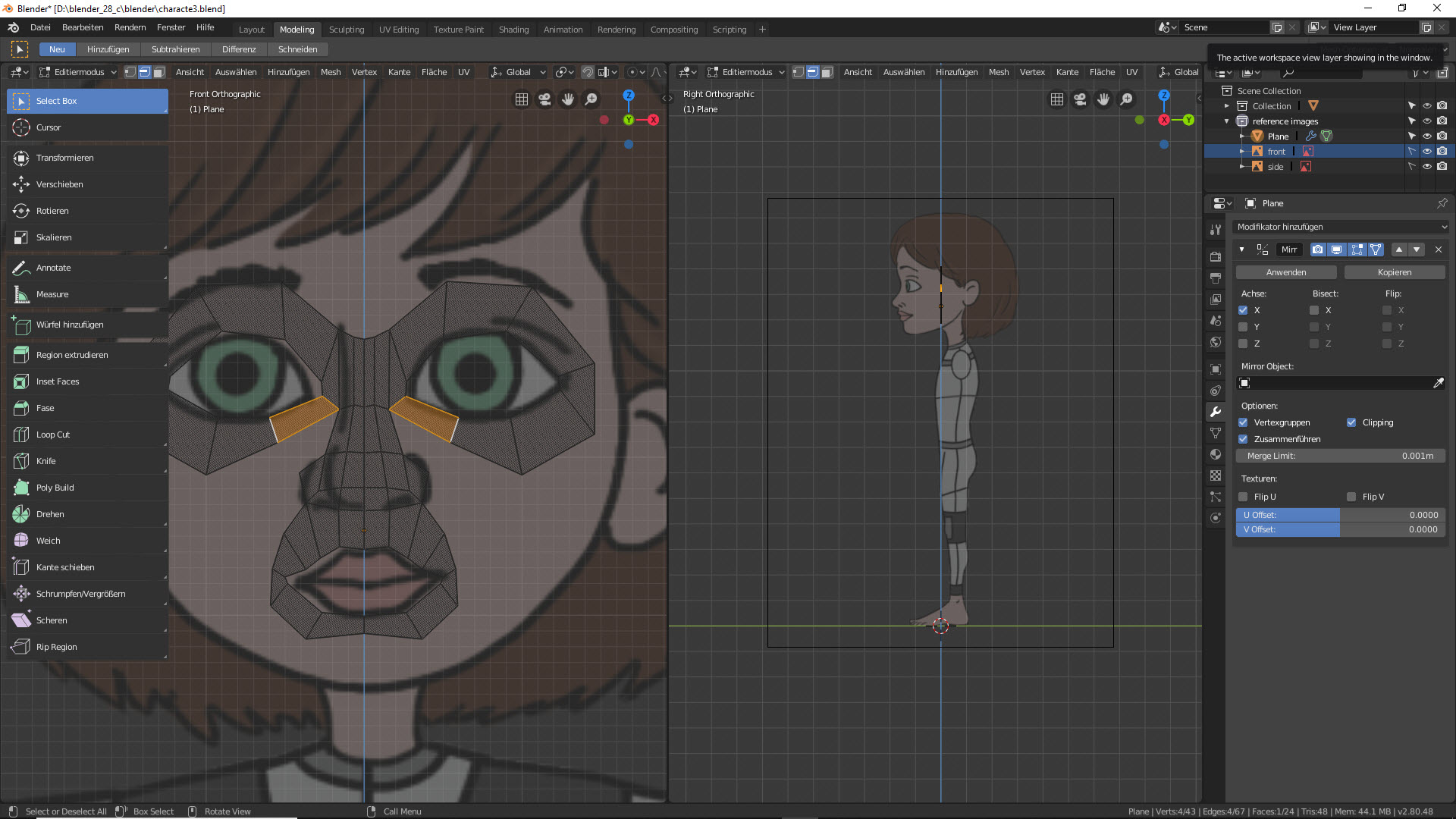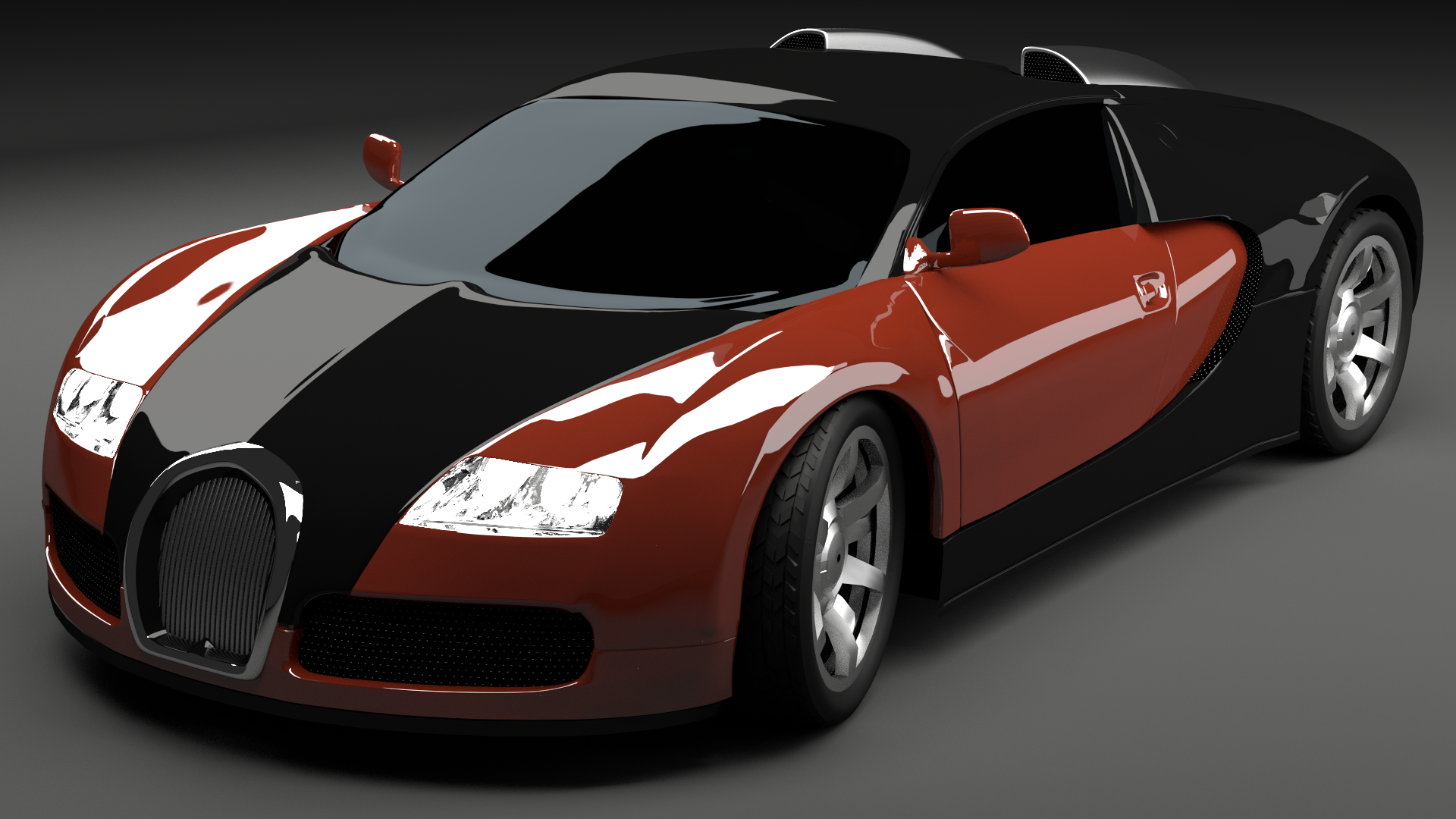

1)Generate a 3D-looking AI Character image I am actively searching out different technologies that will hopefully make this easier… On to the AI 2D to 3D steps. But it’s a great place to start and getting yourself familiar with these tools. Faint of Heart prompt on midjourneyįinally… This is not production-level 3D model creation. If you don’t understand this kind of code, you can seriously mess up your computer. I will not be going over that in this tutorial.Īnother warning. You will need to be familiar with installing from GitHub, setting up your environment, installing python, and running that type of code. This currently requires a wide range of coding knowledge to be possible. The current amount of steps is not for the faint of heart.

No Coding skills are now needed and you can make a 3d model in about 5 minutes. ****UPDATE***** – We have a new ‘code free’ alternative. To export your image sequence, click on Render from the menu on the top right and choose Render Animation (if you choose Render Image you will only get one Image.Before we begin this 2D AI To 3D Art Journey Z oom in and out on the image to check for best results. Now you probably need to adjust Values on Color Key again.Įxperiment with these values on ColorRamp and Color Key nodes until it fits your image. This may help increase contrast and make your image stand out more. Try to raise the black color stop (the lower "arrow") on Color Ramp by dragging it towards the white. (If it was another colour you could try adjust the H and S (hue and saturation) values too. To remove the white background, a djust V, values on Color Key. Now plug in Color Key Image Output both into Viewer Image Socket AND into Composite Image Socket. Plug in Color Ramp Image Output into Color Key Image Socket If your drawing or image ha s a different background color, you would set it to that color and skip the ColorRamp and perhaps try Chroma Key or Keying node instead of Color Key, but for this example we assume it is a black and white drawing. Plug in Color Ramp Image Output into Color Key Image Socket. (It's a thin grey pencil drawing.) You may not need this in your images, or your values will need to be different. So in this example case we need to raise the black in the Stickman image. The ColorRamp converter is similar to using Levels in Gimp, you adjust contrast and dark and bright levels. Plug in the connection from the Image Sequencer node to the input on the ColorRamp node (called Fac).


 0 kommentar(er)
0 kommentar(er)
